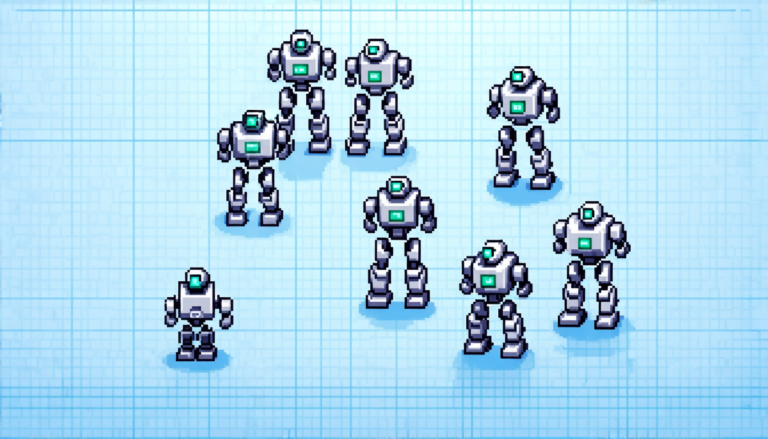Sunday 06 April 2025
A team of researchers has made a significant breakthrough in simulating ocean waves, allowing for more accurate and realistic computer-generated water movements. This achievement is crucial for various fields, including entertainment, education, and even military applications.
The simulation framework, called Arc Blanc, combines three different methods to model the free surface of the ocean and its interactions with surrounding objects. The first method simulates the movement of waves using a complex equation known as the Navier-Stokes equation. This equation describes how fluids behave under various conditions, such as pressure and velocity.
The second method involves estimating the forces applied by the fluid on solid objects, like ships or buildings. This is done by mixing different techniques to create a more realistic representation of the interactions between water and land. The third method simulates how solid objects alter the free surface of the ocean, taking into account factors such as wave amplitude and frequency.
To simplify these complex equations, several assumptions are made. For example, it’s assumed that the air above the ocean can be represented as a region with constant pressure, and that the ocean depth is constant and equal to H. These simplifications allow for more efficient computation of the simulation, making it possible to model large-scale ocean movements in real-time.
One of the key innovations in Arc Blanc is its ability to handle Fourier transforms – mathematical operations that decompose complex waveforms into their constituent frequencies. By applying two Fourier transforms in a single operation, the framework can efficiently compute the movement of water waves at different depths and locations.
The researchers tested their simulation using various wind speeds, from 0.1 m/s to 35 m/s, to evaluate its accuracy and computational efficiency. The results showed that the required number of iterations for convergence increases with wind speed but stabilizes at around four iterations for higher wind speeds. This means that the framework can accurately model ocean waves in real-time, even under extreme conditions.
The Arc Blanc simulation framework has far-reaching implications for various fields. In entertainment, it could be used to create more realistic ocean environments for movies and video games. In education, it could help scientists better understand ocean currents and their impact on climate change. Even in military applications, the framework could be used to simulate naval operations and predict wave behavior under different conditions.
Overall, the Arc Blanc simulation framework represents a significant step forward in our ability to model complex ocean movements. Its accuracy, efficiency, and flexibility make it an invaluable tool for researchers and practitioners alike, with potential applications across multiple fields.
Cite this article: “Breaking Waves: A Novel Approach to Real-Time Ocean Simulation”, The Science Archive, 2025.
Ocean Waves, Simulation Framework, Navier-Stokes Equation, Fluid Dynamics, Fourier Transforms, Wave Movement, Ocean Currents, Climate Change, Entertainment, Education, Military Applications







